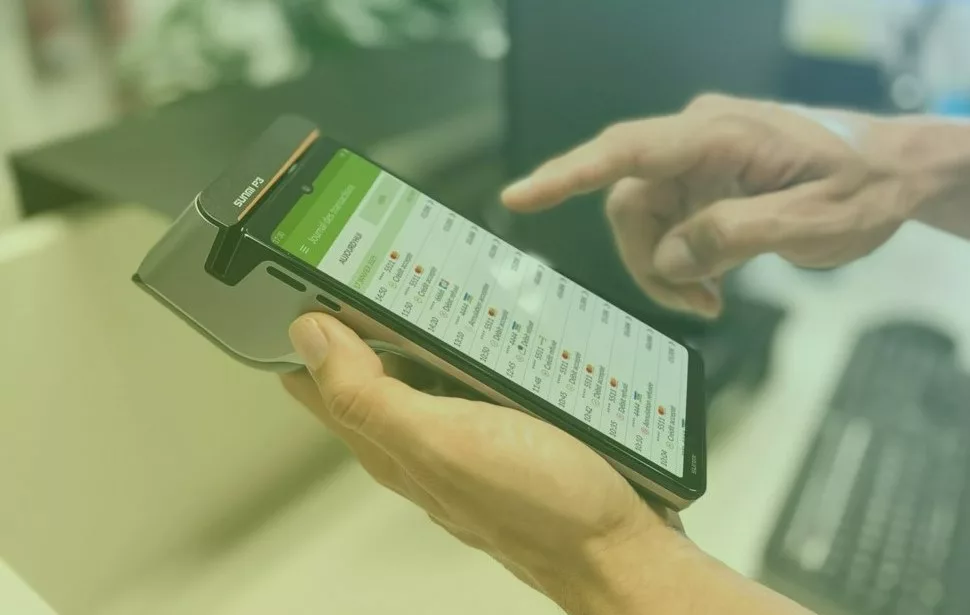Financial data security, more than ever, is a fragile and compromised area that requires great caution and robust and resilient systems.
This is not just a phrase, but one of the most important issues in the 21st century. Data protection, as set out in the GDPR, has taken on a key role for any company operating within the European Union, as well as other companies outside the EU offering goods or services to clients or companies in the EU.
All fintech alternatives that are becoming a trend throughout 2020 take information security very much into account as well as compliance with the European PSD2 regulation on electronic payment services.
Stay with us and find out what’s new to stay.
Do you know what are the latest trends in payment systems?
It seemed that this year it would not bring us anything beyond the pandemic caused by COVID-19 and that everything would revolve around it. However, the fintech industry is still working and has hit the table with new developments that are not leaving anyone indifferent.
What are the most popular? Keep reading and see for yourself:
- Social and voice commerce.
Chatbot payments on social networks and voice payments are already underway. In fact, it is becoming increasingly common to see them implemented in the channels offered by e-commerce. Telegram, for example, already allows users to make payments via chatbots. Voice payments, on the other hand, have long been a major technological challenge, now becoming a reality for users. In fact, in the United States, about 8% of adults have used some form of payment by voice.
- Complete integration of physical and online sales.
We say goodbye to being everywhere without a link, to greet the simultaneous presence in the physical and online world. Consumers only want simplicity, ease and little effort when it comes to paying for a purchase. However, always keeping the process under control and ensuring its safety. In 2020 we are seeing how many businesses consolidate their physical and online shopping systems, with a multichannel experience thanks to the adoption of payment gateways, among other advances. This tool allows you to reduce the level of credit card fraud, solve the problems of eCommerce payment, ensure data security, streamline collections, have a real-time data management and control platform, and provide payment systems tailored to users, among other things.
- Payments by SMS, email and QR code.
The process of paying by SMS or email involves sending customers a payment link. Once they receive it, they must log in to enter their card details and make the payment. First, the business connects to the Virtual POS and requests to make a payment, so in the request, the merchant must indicate the phone number or email to which the URL will be sent. The cardholder then makes the payment using the link provided.
- Payment with QR code.
To make a payment using the QR code you need to bring the digital wallet code to a point of sale or POS, which will be responsible of reading it and initiating the transaction. Another option would be to read the shop’s QR code from the digital wallet. The user only needs to have this wallet.
- Digital disruption of the point-of-sale
We are no longer just talking about Physical POS, but about virtual POS. It is no more, no less than the online version of the POS Terminal, the classic dataphone with which we have paid in any supermarket. In order to use it, we need to control it with a bank and generally the user can use any type of card (Visa, MASTERCARD, etc.). It is a secure, widely used payment method, it reduces the level of fraud and it is convenient.
In 2019, digital payment systems in Spain grew faster than physical ones. It seems that the trend continues to grow, something that has been favoured by the lockdown and measures caused by the coronavirus crisis. In fact, eCommerce has grown by about 55% during lockdown.
Did you know about these trends?
Conclusions about the new payment channels trends
Apple, Google, and Amazon have virtual assistants to pay with without using your hands. When it comes to making a payment, the user experience is critical. We only have to offer the solutions preferred by consumers, as well as offer them new trends.
Don’t think that everything we’ve told you is the only news nowadays. Let us also remember the role of IoT (Internet of Things) in society. The Internet of Things has made everyday objects, such as televisions and refrigerators, connected to each other. And why not? Perhaps, in the near future, we will also be able to make payments using this type of accessories without having to be using the Smartphone or the computer.
For the new generations of digital natives who have not experienced a world without smartphones or mobile apps, it is difficult to conceive of the idea of a world without connectivity. It is the consumers of the future who are accelerating and adapting more quickly to payment trends. Internet shopping has become almost a norm. PayPal was one of the pioneering methods, as it sought to make online payments between individuals and companies real. And it succeeded.
Over the years, other methods have come up and are expanded throughout Europe to open up their market to customers from Asia or Russia, among others. We’re talking about Chinese fintechs like AliPay or WeChat Pay, or Russian ones, like MIR.
The possibilities offered by the Internet are endless in the integration of payment systems.




